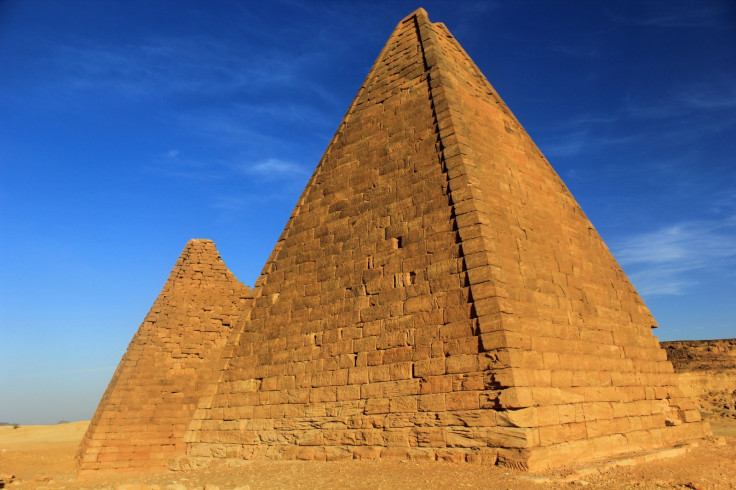Black Pharaohs: Incredible drone footage reveals Nubian pyramids in entirely new perspective
Drone footage showing ancient Nubian pyramids, temples and burial sites has been released by National Geographic.
The incredible footage provides a completely new perspective on the 3,000-year-old structures in the Sudanese desert.
Researchers made the film as part of an expedition to the ancient site, further details of which will be revealed in the documentary Black Pharaohs. The expedition was led by Geoff Emberling – the first archaeologist to visit the El Kurru site in almost a century.
Alan Turchick, the National Geographic engineer who flew the drone over the site, said: "The best part with the helicopter is I can fly over and gain this connection between all the other burial sites, between the pyramid and the temple, and get an understanding of what that is from the air."

The ruins date to the kingdom of Kush, which lasted for over two millennia but disappeared in 300AD.
As well as the drone, researchers also used a remote-controlled robot to excavate caves that have not been visited by humans for thousands of years.
Turchik said: "You don't really know what happened in the past and to be able to investigate that... it's like you're a detective."
The Nubian pyramids were built by the ancient Kushite kingdoms 500 years after the last ones were constructed in Egypt and the Nile Valley. Over 250 pyramids were built at the site and were used as tombs for kings and queens. The oldest and largest pyramid is that of the 25th Dynasty pharaoh Taharqa.
© Copyright IBTimes 2025. All rights reserved.






















